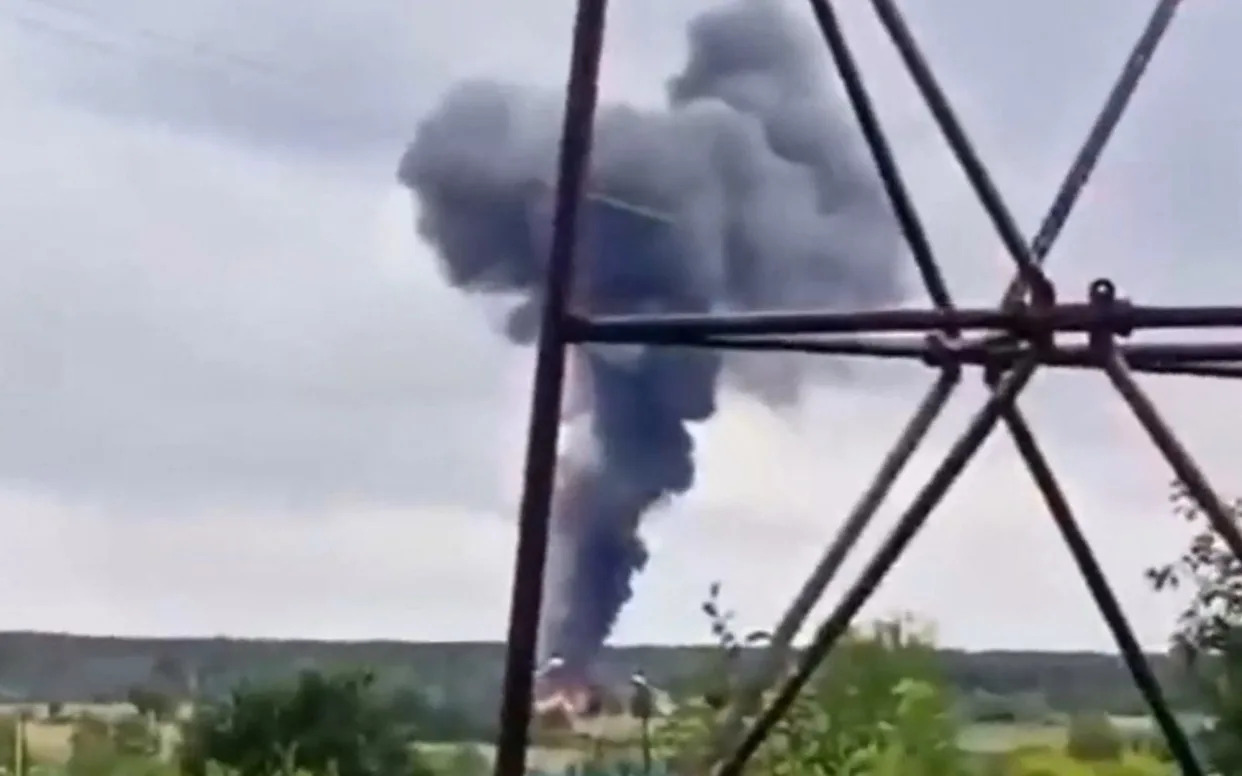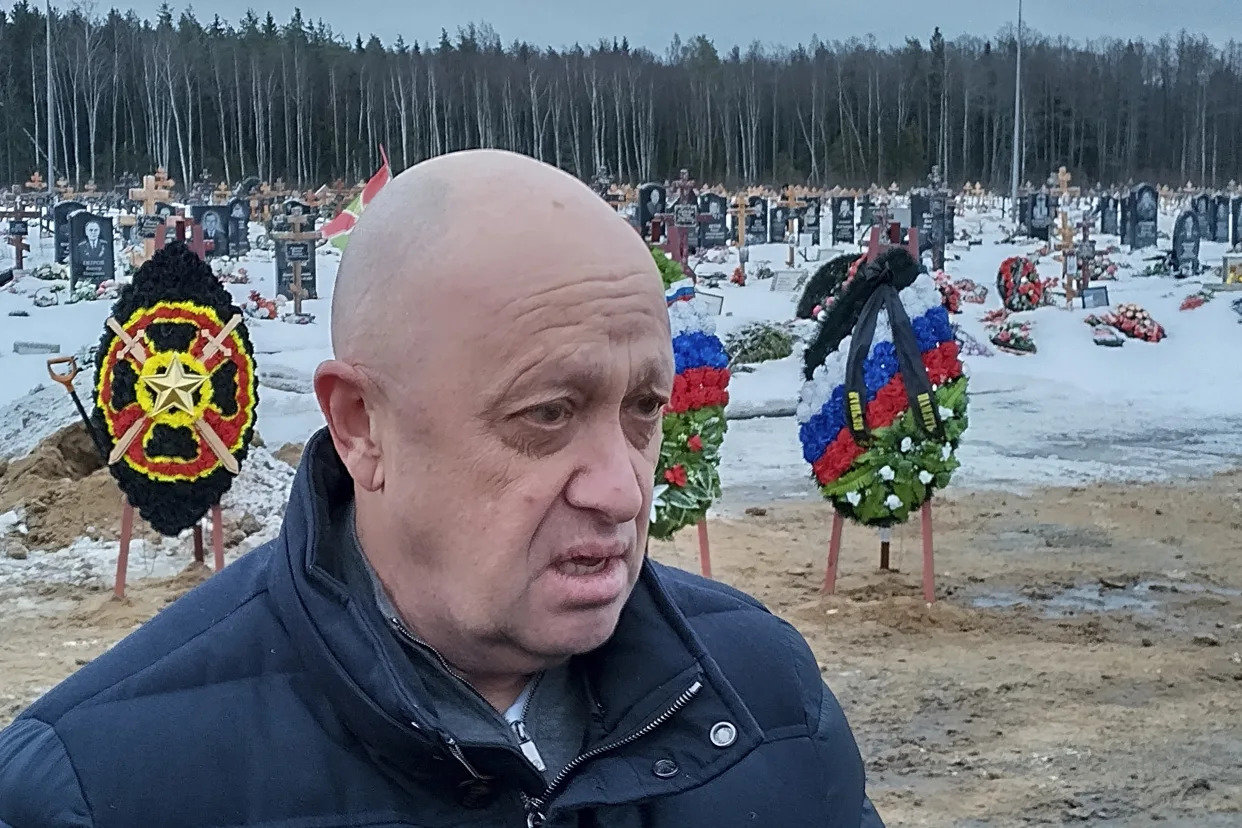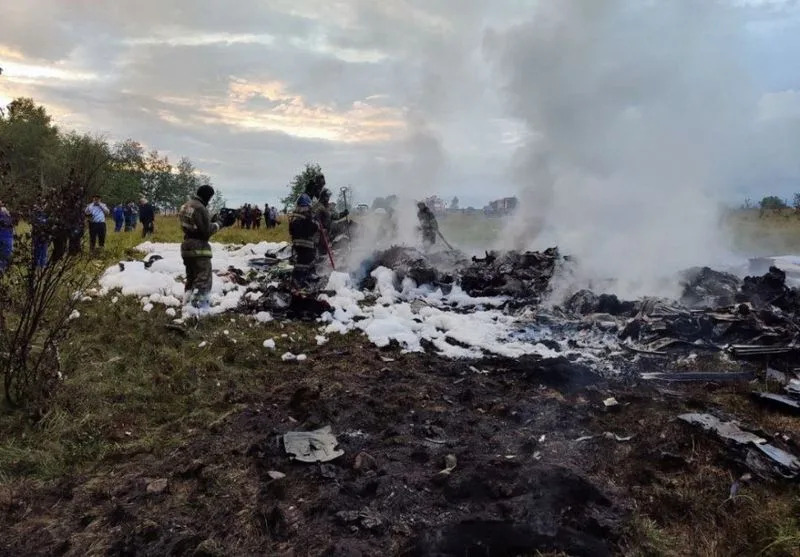Ari Natter
Wed, August 23, 2023

(Bloomberg) -- Roishetta Ozane knows a thing or two about pollution.
Twelve petrochemical facilities surround the 38-year-old single Black mother’s house in Calcasieu Parish, Louisiana, often flaring harmful chemicals. Another facility is slated to rise nearby that Ozane worries about. But unlike the petrochemical ones, the new installation is supposed to help fight climate change — and the Biden administration is backing it as part of a $1.2 billion investment.
“Everyone was against any new project coming here,” Ozane said. “We don’t want to be test dummies to see if it will work.”
Despite her and others’ pleas, the Biden administration announced last week that Calcasieu Parish will be one of the first sites in the US to become a so-called direct air capture (DAC) hub. There, companies and researchers brought together by Battelle Memorial Institute will pilot technology to pull carbon dioxide from the atmosphere and store it underground.
The local opposition on environmental justice grounds shows the challenges that lie ahead for the technology researchers say is needed to stave off the worst affects of climate change. It also represents a political problem for US President Joe Biden, who pledged on the campaign trail and as president that he would fight for marginalized low-income and minority communities.
Scientists have found the world will likely need to remove billions of tons of CO2 from the air annually by mid-century to limit global warming to 1.5C. It’s not that Ozane isn’t concerned with climate change; her home has been damaged by storms, including Hurricanes Laura and Delta that both struck in 2020.
But she said she’s skeptical nascent DAC technology — which currently removes a few thousand tons a year — will work as advertised. And she’s also concerned about a pipeline to transport CO2 to storage sites that would cut through a path less than two miles from her backyard, concerns that have been mirrored in other parts of the country.
She and others voiced their opposition during a tour with officials from the Energy Department and then later at a community meeting with approximately 50 locals in Calcasieu Parish, where about one in five live below the poverty line.
“They said they have a mandate from Congress to get these rolled out,” said Elida Castillo, characterizing what officials from the Energy Department, including Shalanda Baker, the agency’s director of economic impact and diversity, told her and other community members in a meeting after the awards were announced.
Read More: Growing Number of CO2 Pipelines Face Major Opposition in Midwest
Castillo, who serves as program director for Latino grassroots organizing program Chispa Texas, said she, like Ozane, is concerned another DAC hub that will be run by a subsidiary of Occidental Petroleum Corp. won’t trap CO2 as intended. She also said she didn’t have enough details about the project and the proposed community benefit program.
“They have known that community groups have major concerns with all projects of this nature,” said Castillo, who lives about 20 miles north of Corpus Christi, Texas. “We should be investing more in renewables.”
The Energy Department said its reviewers looked at the technical merit, plans for mitigating negative impacts and societal benefits when selecting the projects. The agency said its requiring “meaningful engagement with host communities and impacted workers” as part of a mandated community benefits plan for the DAC hubs.
“DOE acknowledges the real concerns related to the history of harm already inflicted on underserved communities and is working to ensure these selected projects deliver meaningful economic and public health benefits to already overburdened communities, avoid harm, and align with the President’s vision of an equitable clean energy future,” the department said in a statement.
In a statement, Battelle said it’s committed to “ongoing, two-way communication” with locals in the region and planned to “involve all stakeholders” as the project evolves.
Carbon removal is a critical component of Biden’s goal to reach net-zero emissions by 2050. The administration estimates the US will need to remove, capture and store as much as 1.8 billion metric tons of CO2 annually to achieve its goal. It envisions the DAC hubs, funded using a portion of some $3.5 billion set aside for them in bipartisan infrastructure legislation, as the first of a national network of carbon removal projects. The administration aims for each hub to remove 1 million tons of carbon a year by the end of this decade.
“These hubs are going to help us prove out the potential of this game-changing technology so that others can follow in their footsteps,” Energy Secretary Jennifer Granholm told reporters in announcing the funding. “This is Bidenomics in action, making smart investments in our industries, making smart investments in our workers, our communities to build America’s clean energy economy from the middle out and the bottom up.”
The Energy Department and award winners have promised to adhere to the administration’s Justice40 initiative to ensure benefits from the projects accrue in the communities they’re situated in. That includes creating thousands of estimated jobs as the hubs get built out.
But the technology is drawing opposition from the environmental justice community who say the DAC hubs conflict with Biden’s vow to improve and prioritize the lives of marginalized communities hit hardest by toxic pollution and climate change. They see the hubs as another example where the administration’s rhetoric doesn’t match its actions.
Among the community’s concerns is that billions are being spent on technology they say is unproven, both technologically and economically, but the promise of which could allow the oil and gas industry to continue business as usual. DAC would also do nothing to clean up particulate matter, benzene and other health-harming emissions associated with oil, gas and petrochemical production.
“It’s the fossil fuel industry introducing a new false solution that hasn’t been proven to work,” Yvette Arellano, executive director of Houston-based environmental justice group Fenceline Watch, said.
The funding for the Texas and Louisiana projects “represents, once again, the sacrifice of our communities along the Gulf Coast in the interest of the oil, gas, and petrochemical industry,” Fenceline Watch added in a statement.
Further distrust was sowed in the fact that the funding went to Occidental Petroleum, which has indicated DAC could provide a means to keep producing oil. The company has invested billions in the technology — including the $1.1 billion purchase of Canadian startup Carbon Engineering Ltd. just days after it won the Energy Department funding.
“We believe that our direct capture technology is going to be the technology that helps to preserve our industry over time,” Vicki Hollub, the company’s chief executive officer, said at an oil and gas conference earlier this year. “This gives our industry a license to continue to operate for the 60, 70, 80 years that I think it’s going to be very much needed.”
In a statement to Bloomberg, Hollub said the project by its subsidiary 1PointFive has a community benefits plan and would invest in local communities, including workforce development opportunities, educational initiatives and community engagement.
The opposition from local residents and the larger environmental justice community poses a major challenge for the Biden administration and backers of the new technology. The stakes are high, a failure would make the pathway to scaling DAC rapidly much harder. If the large hubs don’t find innovative ways to engage with the public or otherwise stumble, the results could hurt the industry’s long-term prospects — and potentially lead to more climate damage as a result.
The need to build trust with communities where DAC technology is deployed and the need to rapidly test and scale that technology are somewhat in opposition. That means all eyes in the industry will be on Louisiana and Texas in the coming years.
“I think one of the tough things about community engagement, environmental justice engagement, is that there’s going to be a lot of different sentiments and there are going to be some communities who want these projects and some who don’t,” said Giana Amador, executive director of the Carbon Removal Alliance, which represents companies such as Climeworks AG and Heirloom Carbon Technologies Inc., which are partners on the Louisiana project.
--With assistance from Michelle Ma and Kevin Crowley.






















